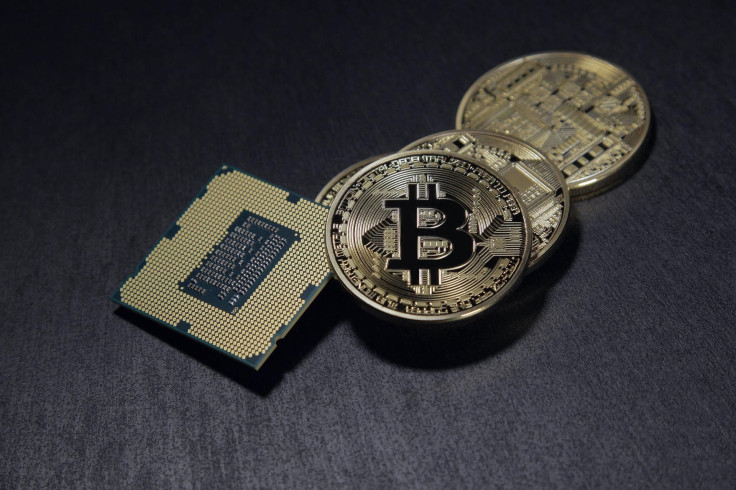Unlock The Metaverse With Non-Custodial Wallets – They’re Safer Than You Think
Whenever a crypto millionaire loses their private keys and gets locked out of a fortune, the story tends to be reported with barely disguised schadenfreude. The underlying message is that self-custody of crypto is far too risky, in contrast to the security of traditional bank or brokerage accounts and crypto institutions.
In reality, using private keys to secure assets in non-custodial wallets can be safer and far more lucrative than relying on centralized institutions. As more people seek to unlock the metaverse, they will need to become more comfortable with this concept and realize that a non-custodial wallet is the lynchpin for securing transactions on the blockchain.
We’ve been conditioned to think that our money is safe in banks, guarded by their well-educated financiers and expert tech teams. But consider that those bankers are lending out your deposit for double-digit returns, while rewarding you with a measly 0.1 percent interest rate. At the same time, inflation - now at 40-year highs - is eating away rapidly at those savings.
Hacks, scams and losses are far from unheard of in traditional finance. Anyone from a country like Venezuela, Argentina, or Turkey will also need no lessons on why banks are far from a safe haven in the face of high inflation, currency devaluation and poor policy-making.
Putting assets in a centralized institution is essentially like putting them in a P.O. box - they’re only as secure as the box and the surrounding building. By contrast, holding and transacting assets with a non-custodial wallet means you are protected by the power of the blockchain itself. Every transaction is public and incorruptible, with transparency into when, how much and to which address the funds were sent.
If these benefits weren’t enough, there is also the big advantage of the potential for high rewards that can be earned through yield farming and other decentralized finance (DeFi) strategies - returns that put bank accounts to shame.
You own it, you keep it safe
That’s all very well, say critics, but how can anything be regarded as secure if a total loss is only a memory slip or an unlucky theft away? This argument misses the fact that we already rely on memorizing or safe-keeping important numbers that can’t be reset. U.S. citizens for example are used to taking responsibility for a Social Security number to avoid losing access to a whole range of opportunities and benefits.
It’s really no different with private keys, although admittedly you would probably have more trouble memorizing your private keys than you would with your Social Security number. But this is where hardware and software wallets come in. These solutions allow you to create or import blockchain addresses using private keys or a mnemonic phrase, the latter being much more user-friendly. Once created or imported, interaction with the blockchain is then done through the wallet. If people avoid creating digital copies and instead write the keys or mnemonic phrase down and store them wisely, their assets will effectively be in a secure bank of their own making.
To be sure, there are other risks in the Web 3.0 world that users of non-custodial wallets need to be on guard against. Phishing attacks on wallets are becoming more common and sophisticated, and attacks on blockchain platforms continue to be a risk, as highlighted by the recent $625 million hack of gaming network Axie Infinity.
But there is no shortage of common-sense precautions that people can take against these threats, as they would any cyber security threat. Don’t click on links that are unfamiliar or from people you don’t know, and make sure to perform some due diligence on protocols before connecting your wallet to them. Additional layers of security can be achieved by using a hardware wallet that you keep disconnected from your devices (and therefore isolated from the world) except when you need to use it, or by setting up a multi-signature solution that gives you a back-up in case keys are lost.
The crypto industry needs to do its part to demystify the use of non-custodial wallets for a broader swathe of people, addressing security anxieties and making the onboarding process as easy and fun as possible. MoonPay, for example, has launched a concierge service for celebrities who want to buy NFTs. By gamifying aspects of the metaverse, companies can also appeal to a broad range of people who are tired of traditional finance.
As metaverse opportunities expand, a growing number of people will see through the ostensible conveniences of banking as a fig leaf for an unfair system. They will start to ask the more fundamental question as to why they are banking in the first place. Non-custodial wallets hold the key to their escape.
(Sandy Zhang is the CEO of Clam Island, an immersive gamified way of earning returns in decentralized finance)

© Copyright IBTimes 2024. All rights reserved.




















